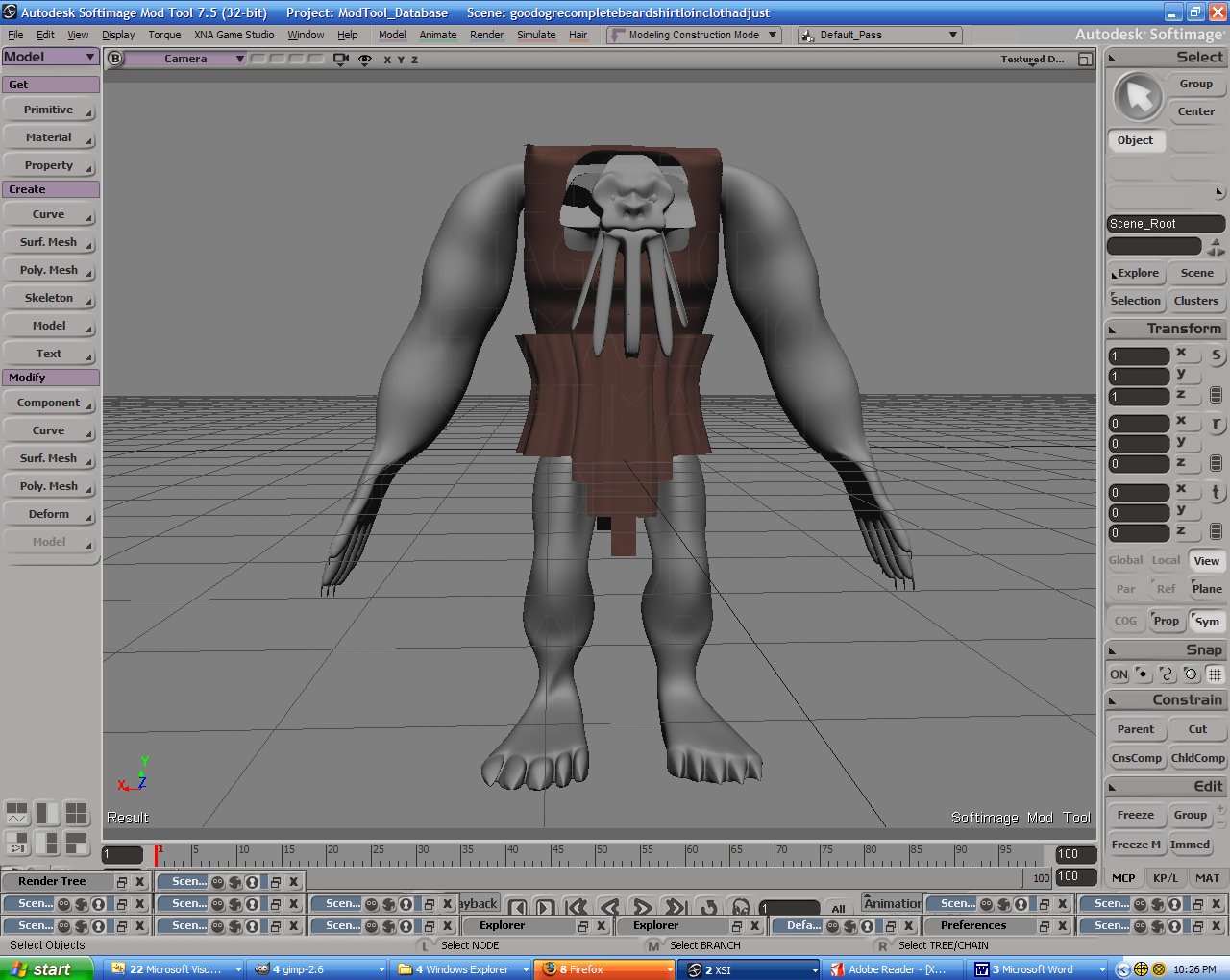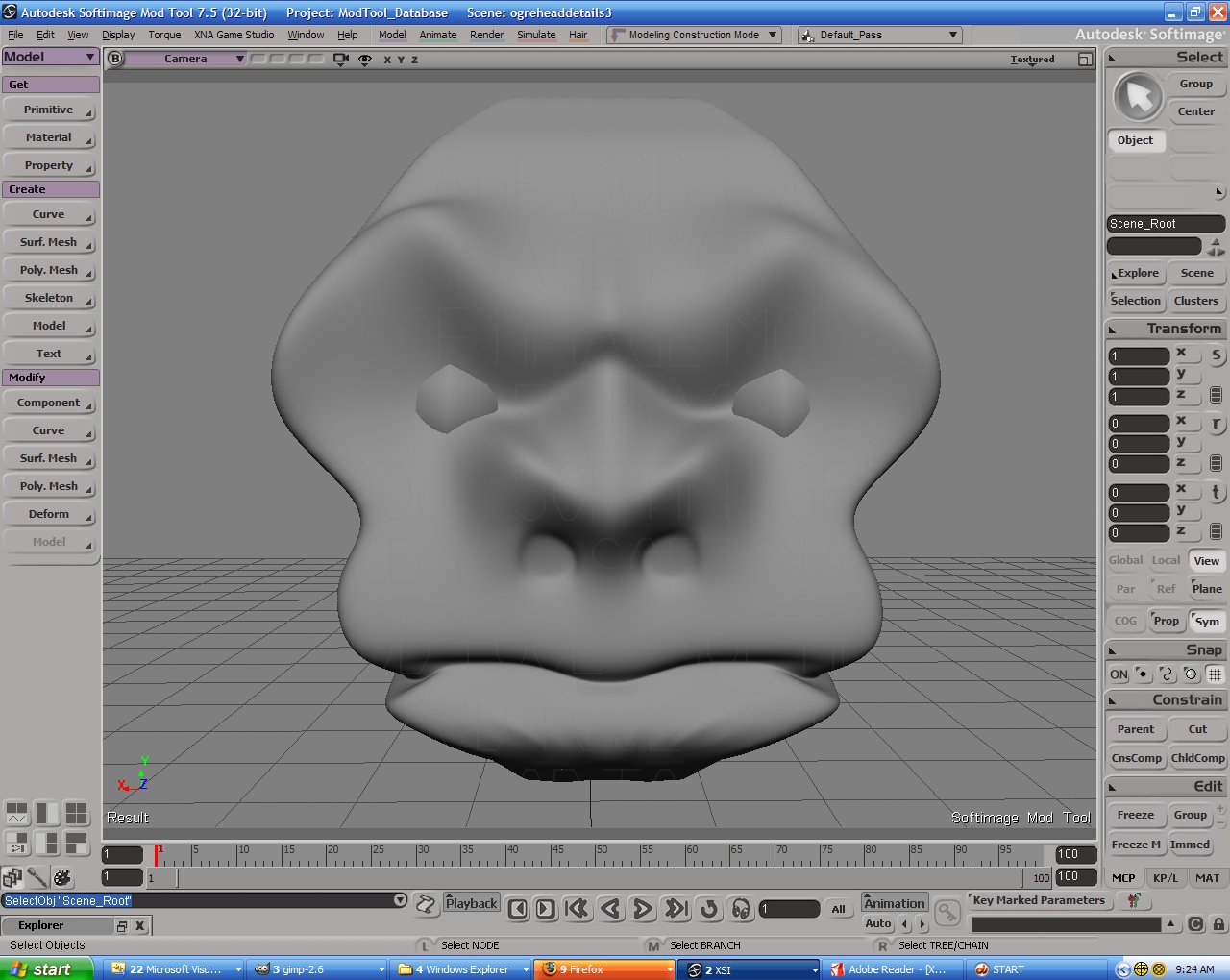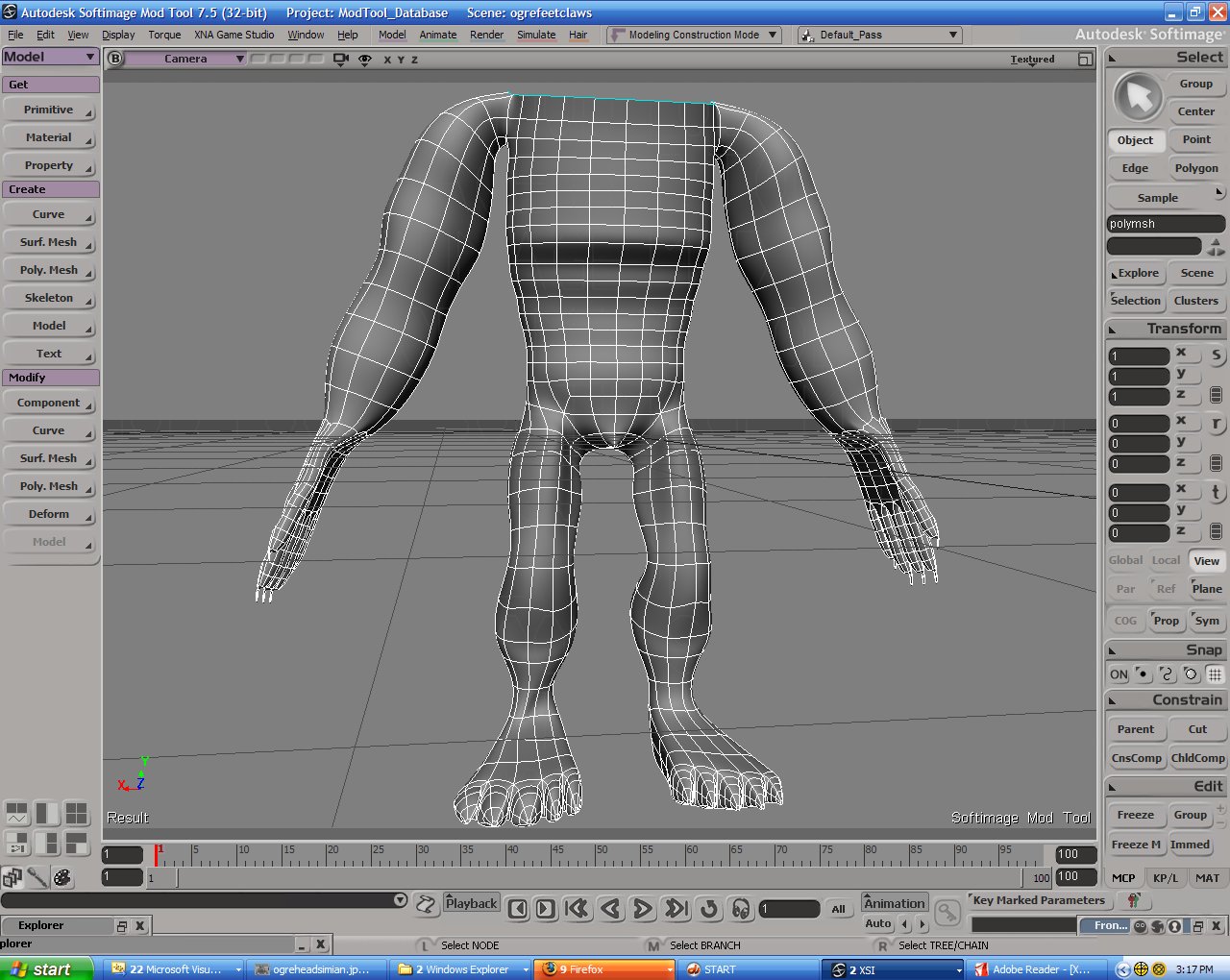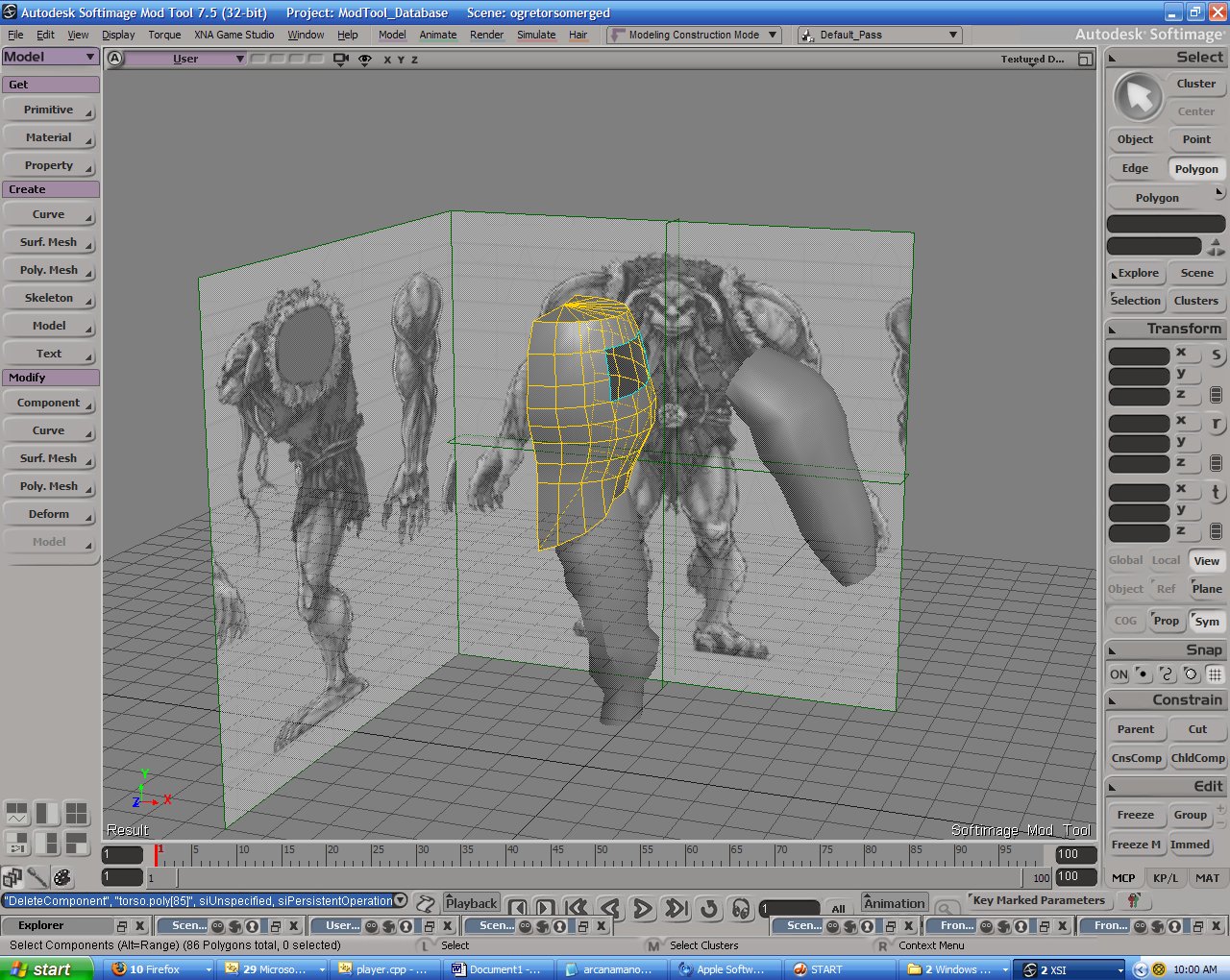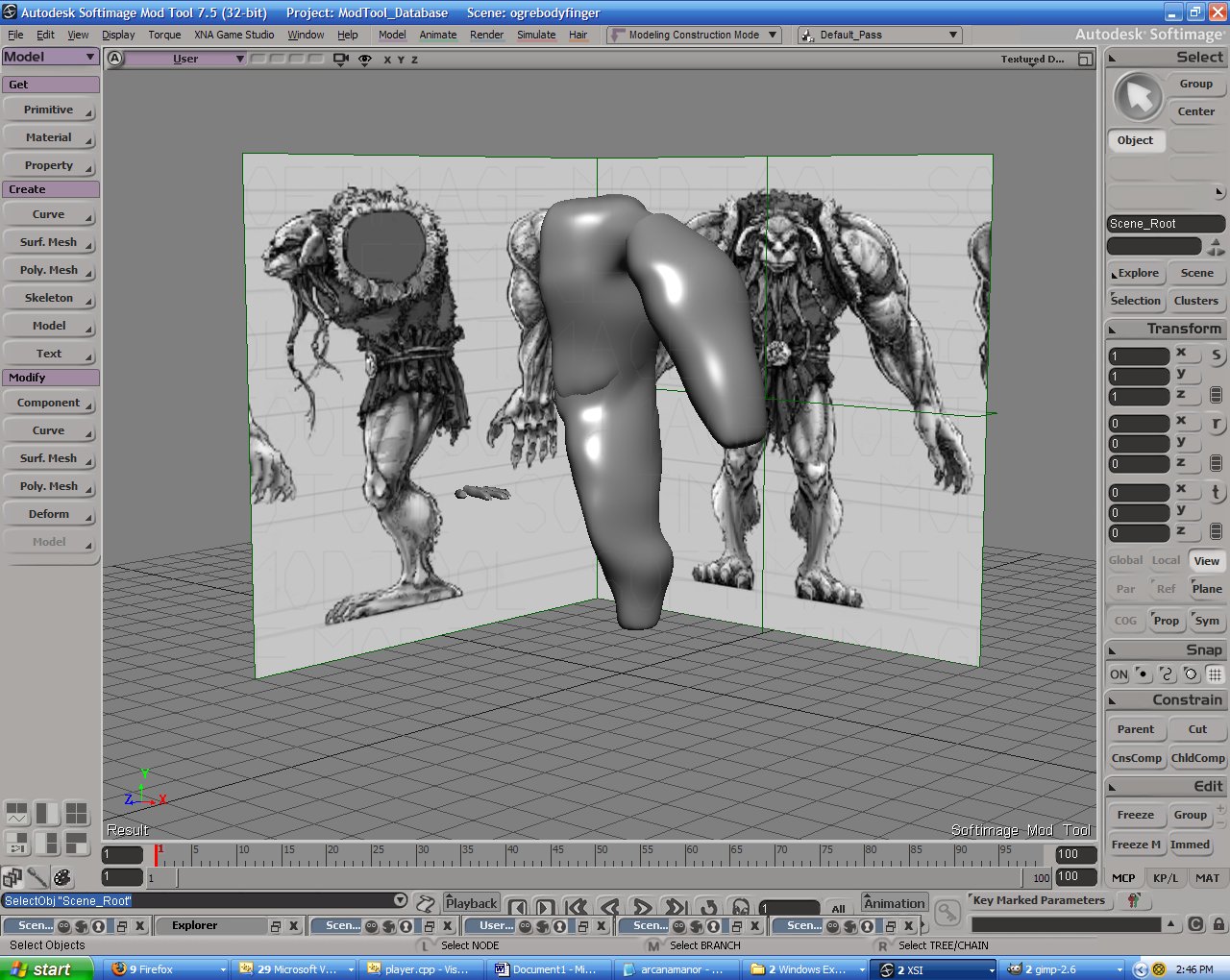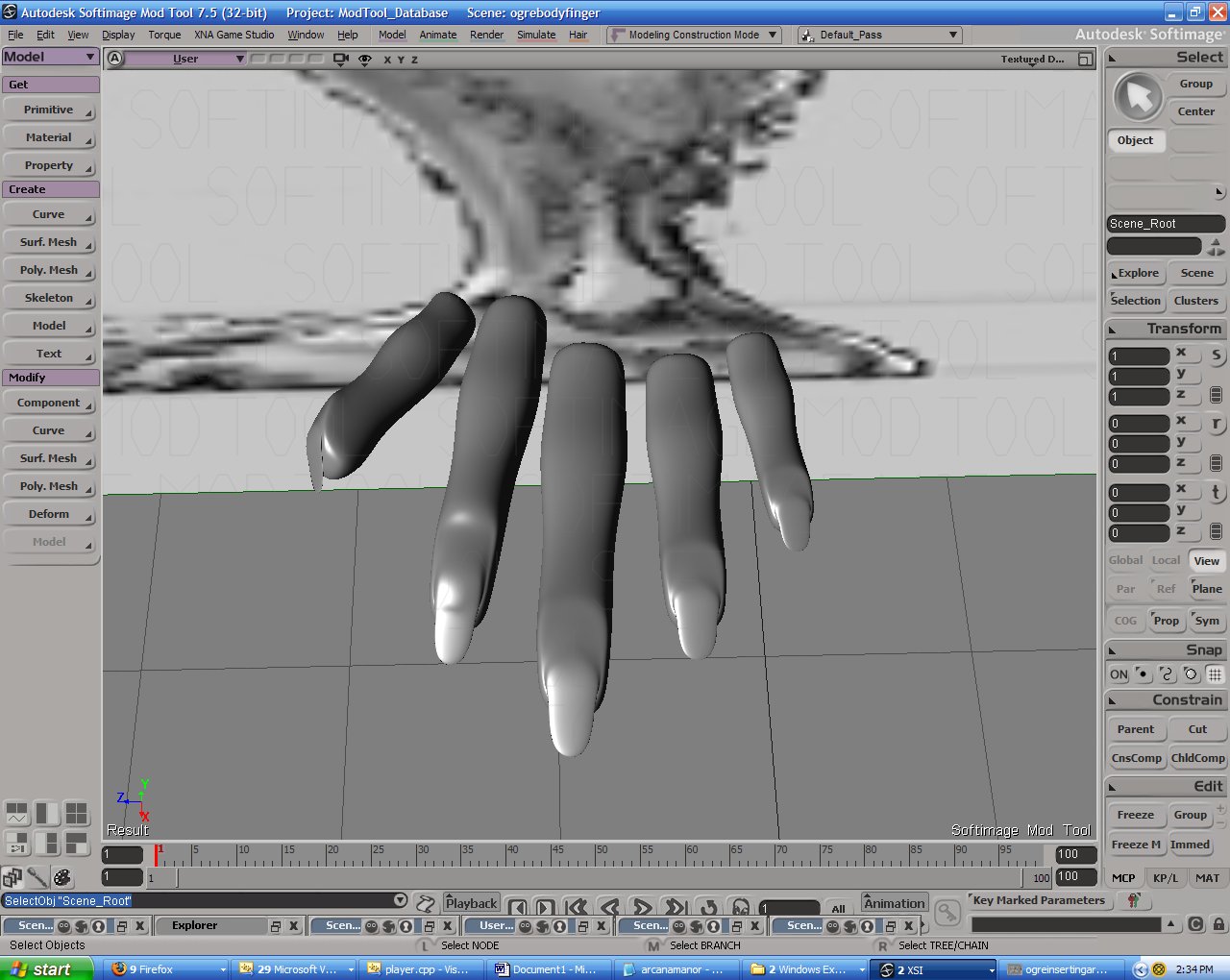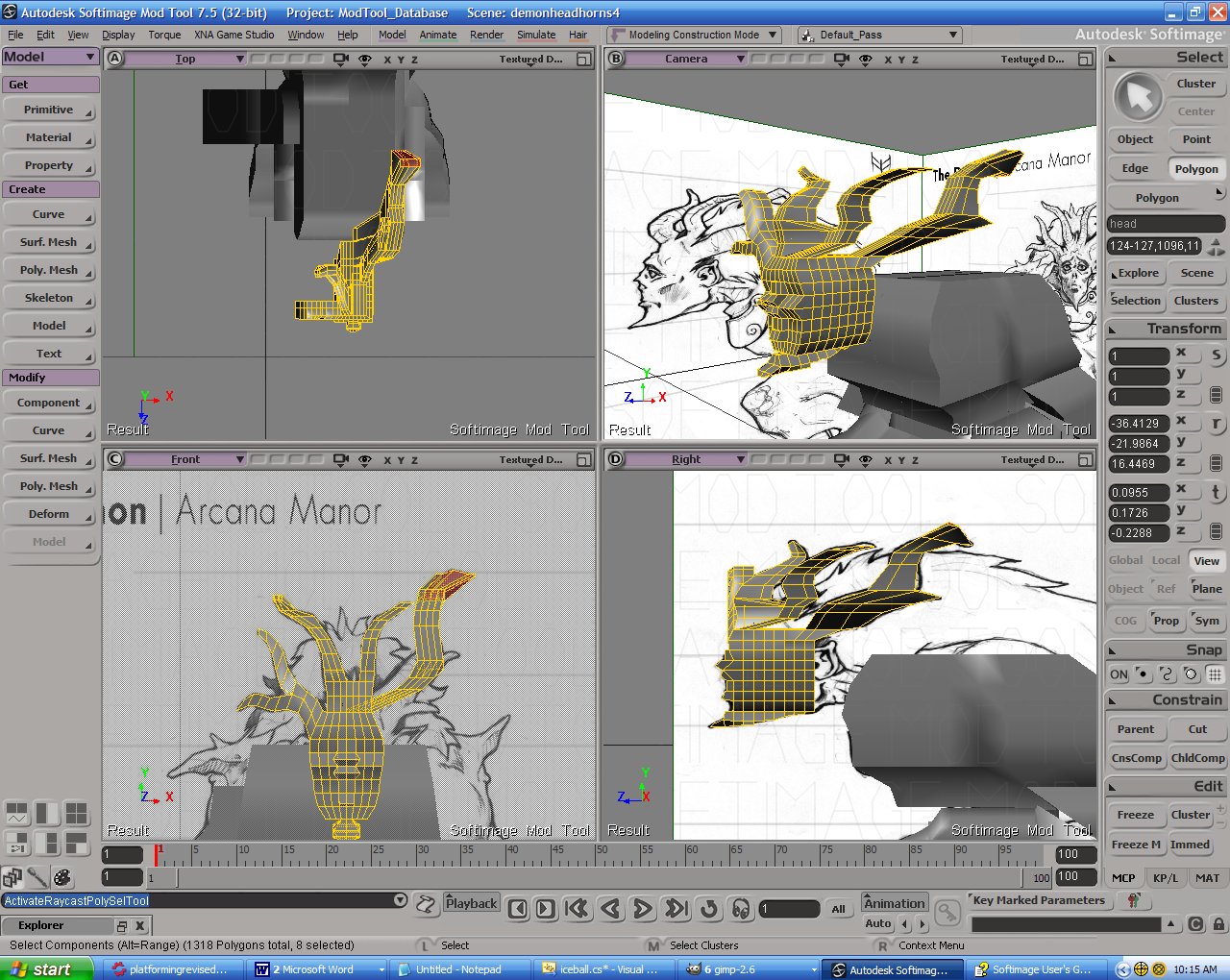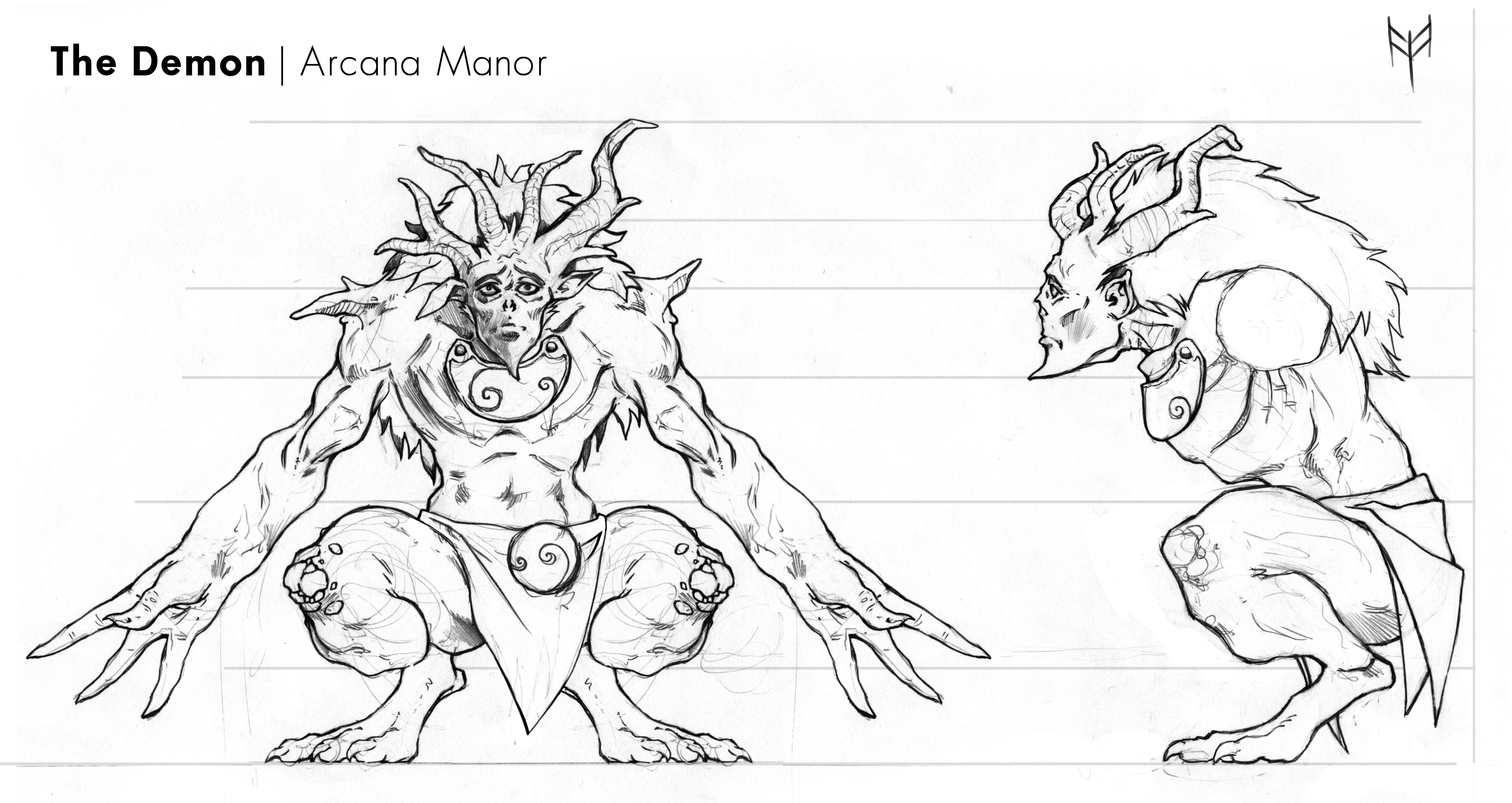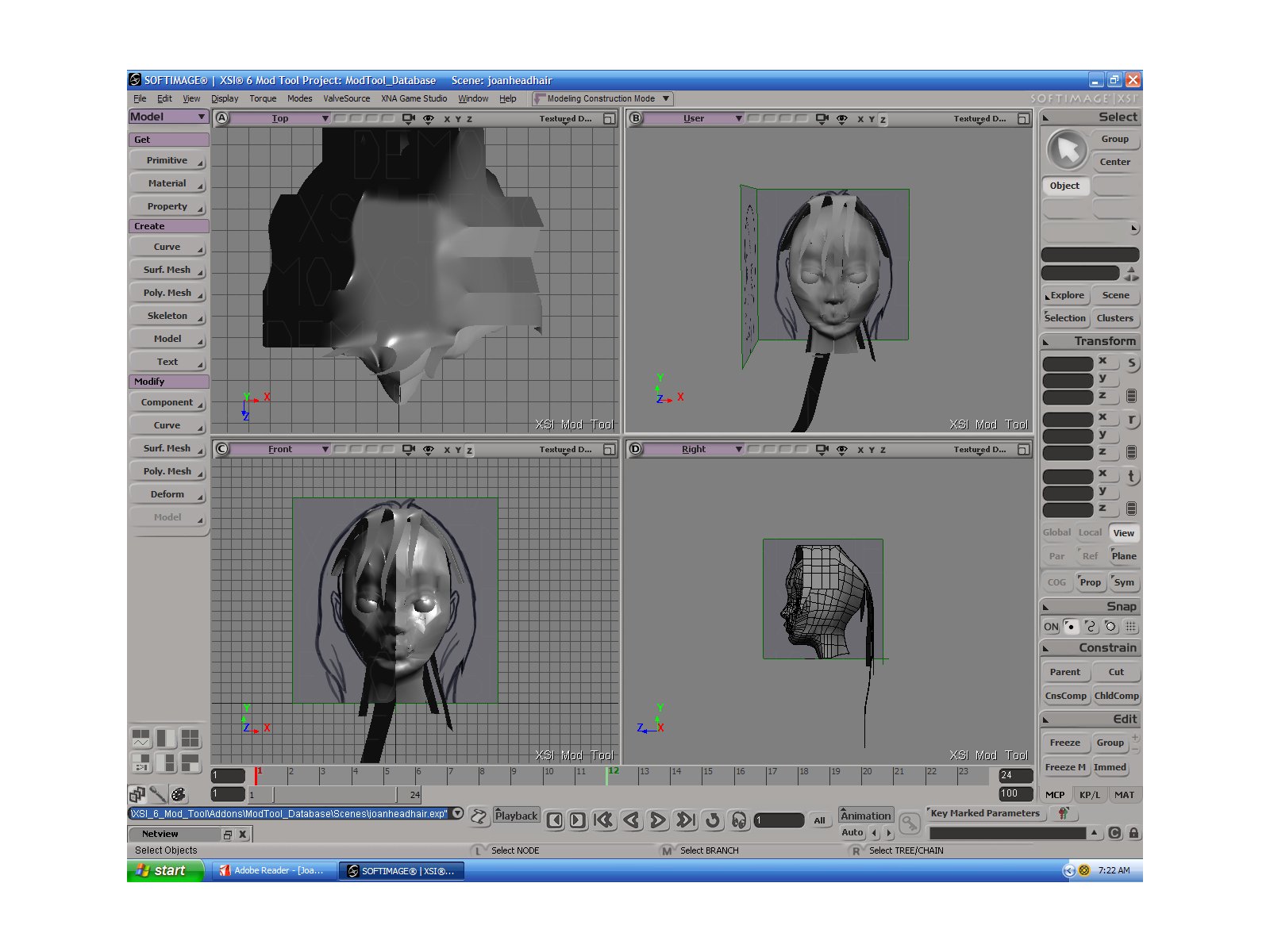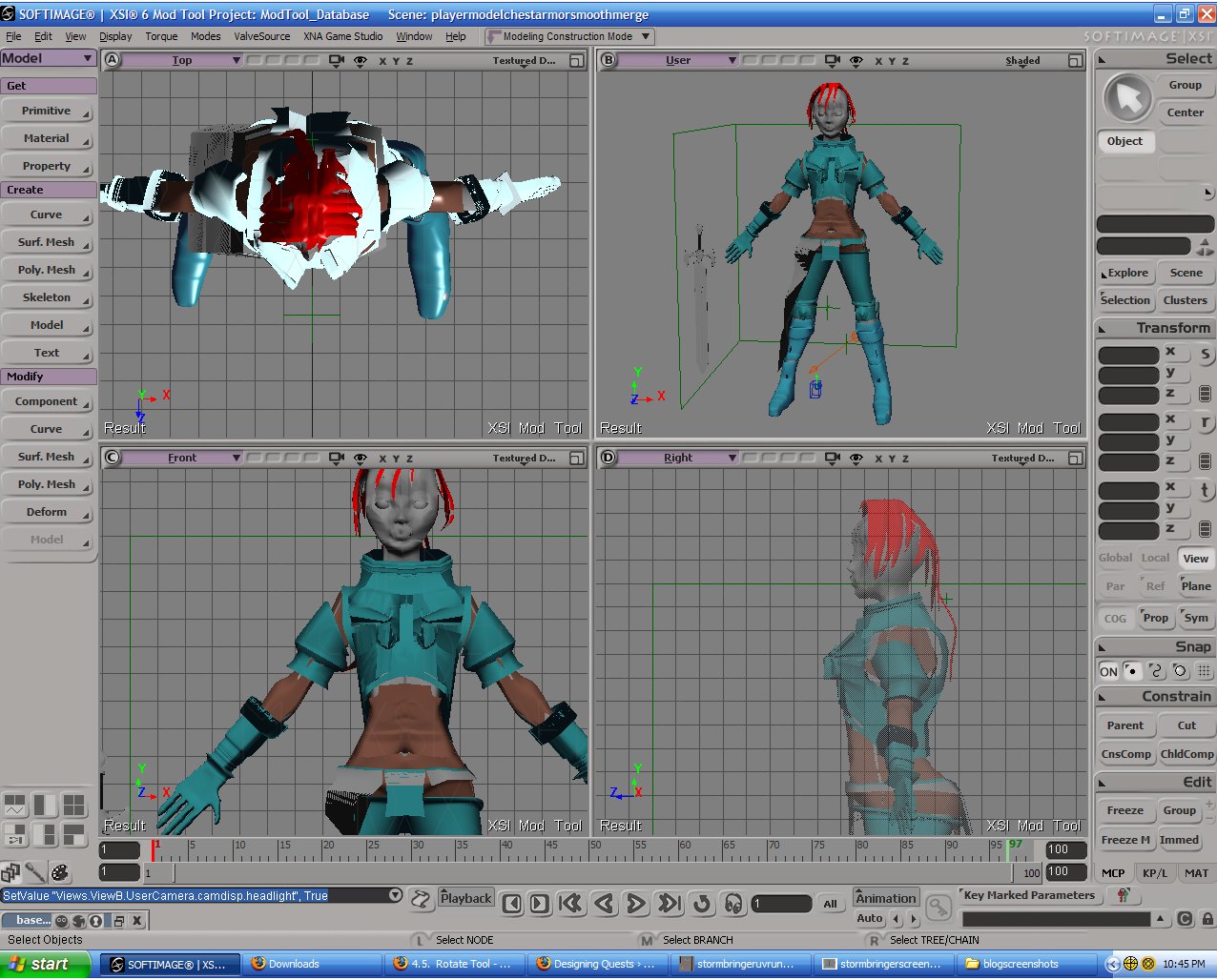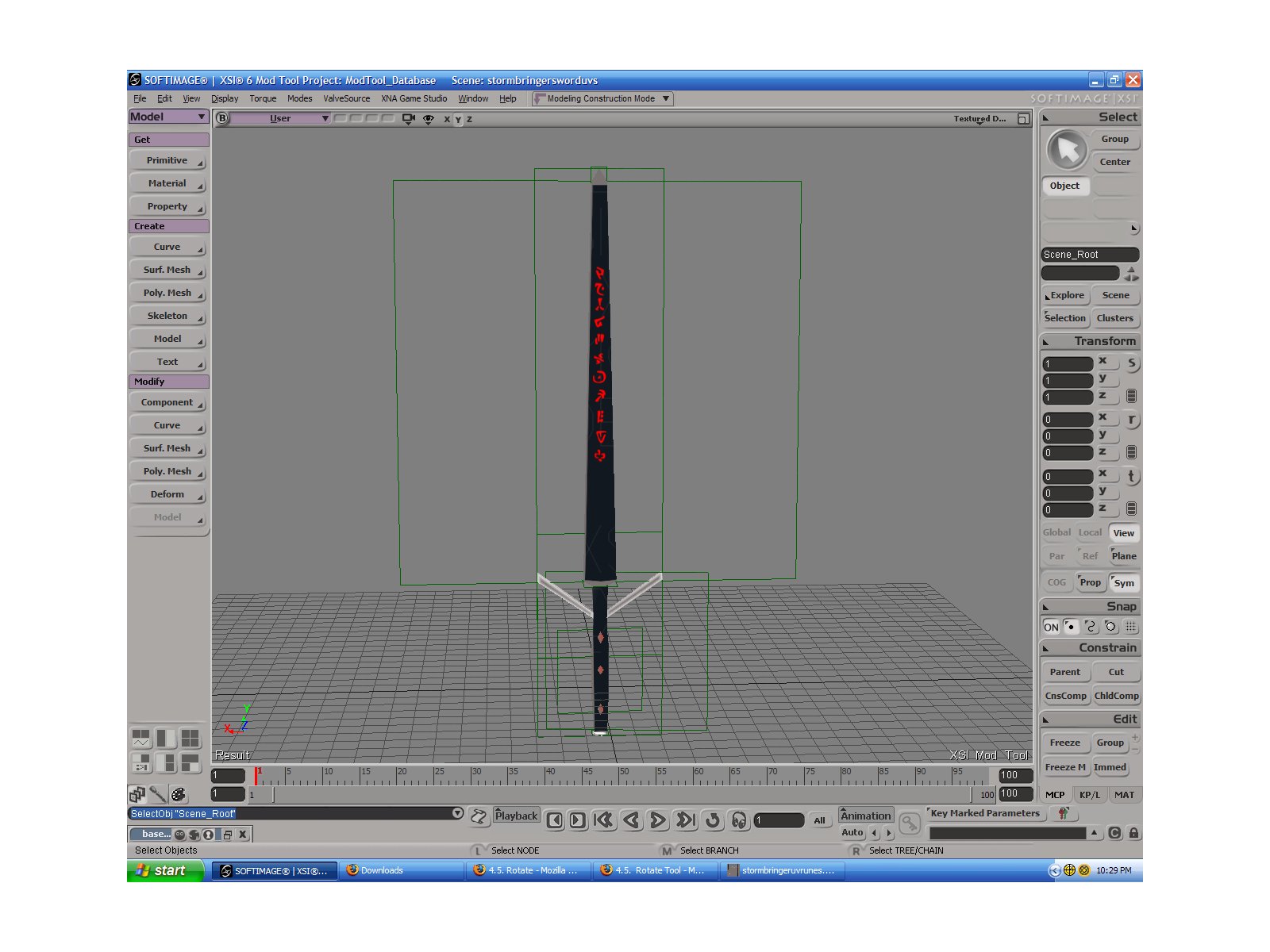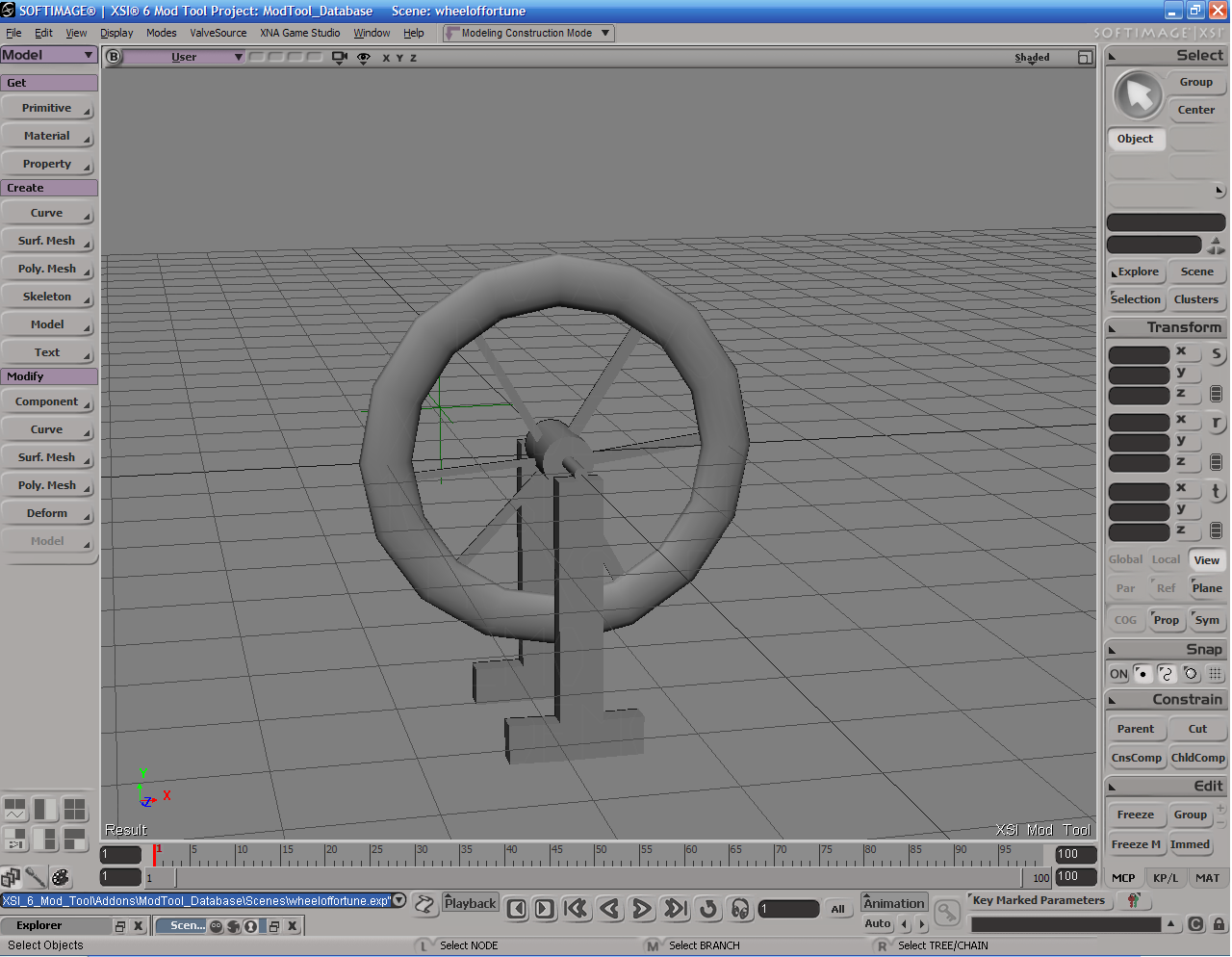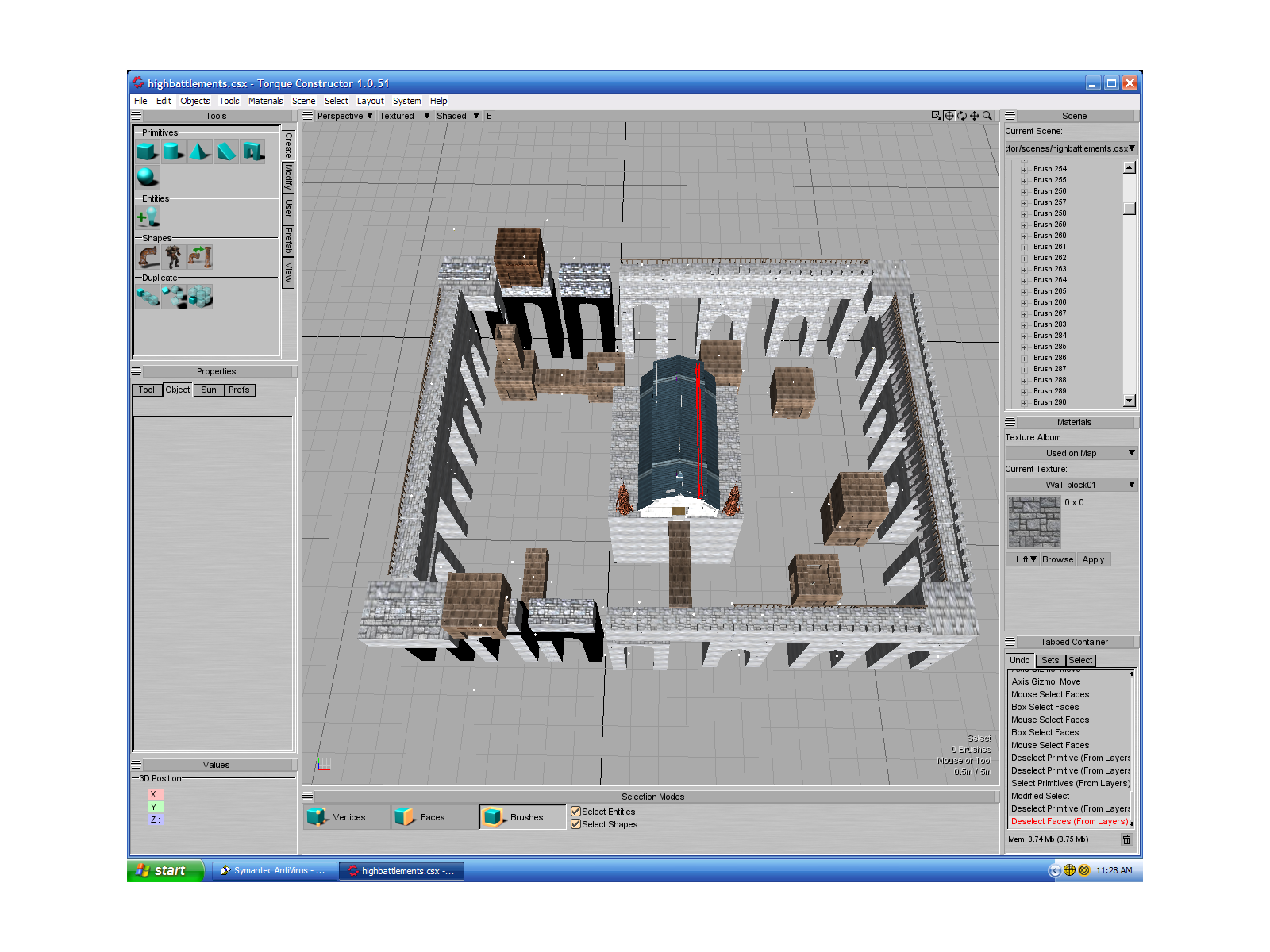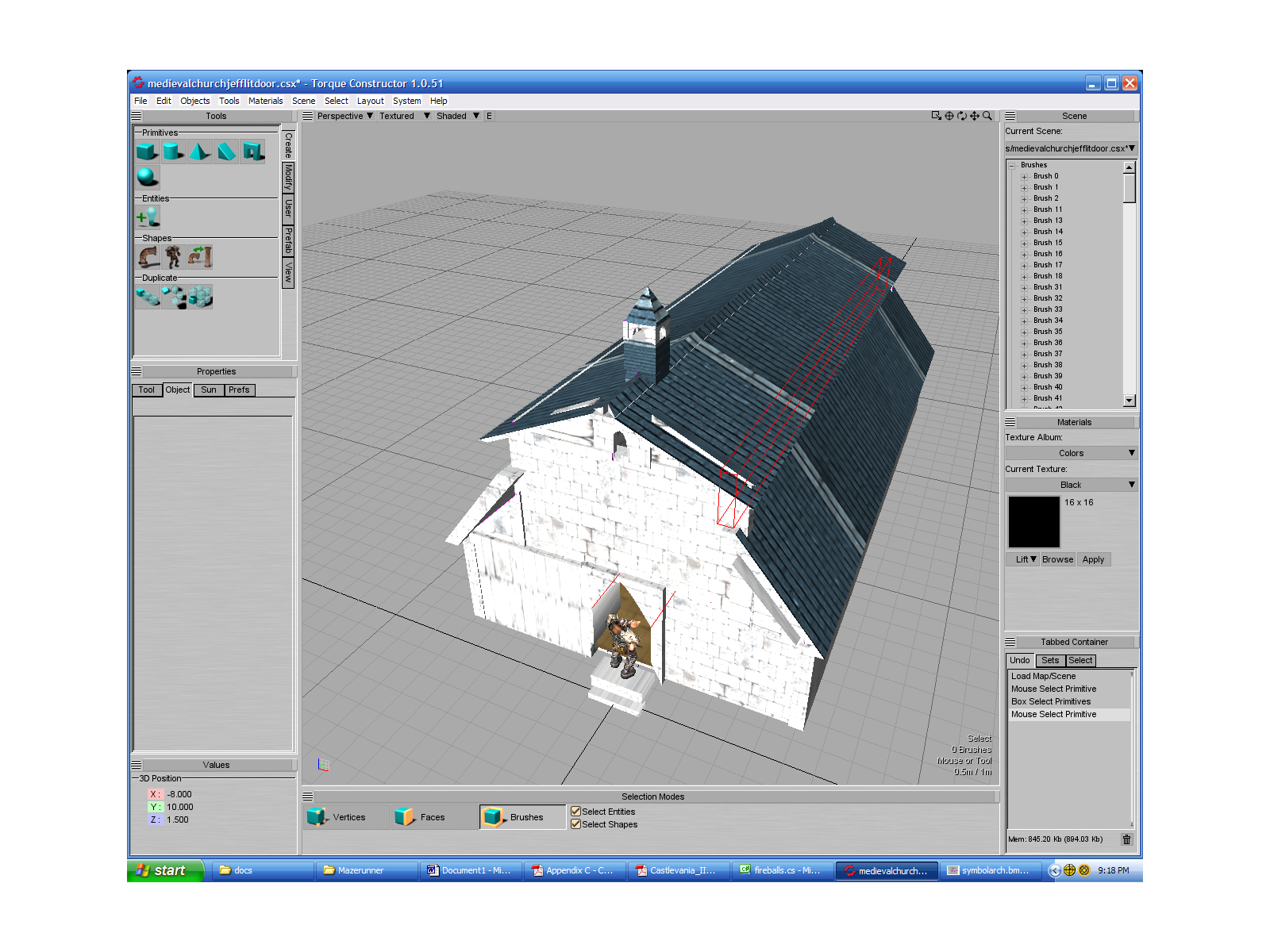The problem: Too many MMO and single-player RPG’s have a repetitive and simplistic magic system in which players press buttons on a tray of icons, watch a series of animations to play throughout casting time, and then wait through the cool-down period before they press the mouse button again. Systems like this are repetitive and dull: automated to the point that players are almost uninvolved.
The goal: Magic, by its very definition, should feel out of the ordinary, a complex mixture of arcane art and science practiced by highly trained adepts who revel in the skill and the rules they have mastered, much as programmers or gamers do. Magic is a metaphor for the power of the human imagination to shape reality and perhaps, taking a cue from Clive Barker, for the creative activity of play itself. Hence, we need to look back at the history of the most innovative RPG’s, action-adventure, and survival horror games to re-enchant and re-activate the process of casting spells in games. It could also be helpful to consider human beliefs and practices surrounding magic in myth and ritual. Articles about magic systems in games often argue that because magic is a “fantasy construct” that no system is inherently better than another, since there is no way to judge the accuracy of a system that simulates a fiction. This attitude can result in the approach of “do whatever will be easiest for players” or, worse, “do whatever everyone else is currently doing,” resulting in the current problem of dull and repetitive systems.
But magic systems in games haven’t always been so homogenous, in human belief or in game practice. As Matt Barton has demonstrated in Dungeons and Desktops (and team member Kris Maxwell has confirmed in conversations)¸ CRPG’s like Dungeon Master and Betrayal at Krondor involved innovative and experimental magic systems. Tabletop RPG’s like Mage: The Ascension and survival horror games like Eternal Darkness have explored the philosophical dimensions of magic in innovative gameplay mechanics (not to mention card games like Magic: The Gathering). Adventure game Loom had a magic system
I would like to implement 5 features in order to make the magic system of this game exciting, fun, sophisticated, and engaging.
-
- A magic system based on a system of symbolic correspondences
- Magic that alters the physical environment to help overcome physical obstacles (e.g. raising platforms, building bridges)
(This is part of a more general aim to produce spells with gameplay effects that are more varied and psychedelic than the standard damage/buff/heal effects. For example, spells that cause solid stone to warp and liquefy or spells that grant visionary passage into other dimensions of pure sound and light (or demonic realms of the dead).
3. Spells are powered up by collecting minor arcana of the tarot (wands, cups, swords, & pentacles), which can be combined to produce spell effects.
4. Players cast spells by tracing sigils, such as flaming runes and pentagrams, possibly making use of the Nintendo Wiimote (since TGEA is cross-platform and I’m especially interested in aiming this game at consoles).
5. The magic system might take full advantage of 3d space by having players mold, weave, and sculpt spells, creating varying spells effects by modeling 3d shapes and directing the vectors of these shapes towards different 3d directions.
1. The magic system is based on a system of symbolic correspondences in which symbols stand for other symbols in an array or “grid,” i.e. colors stand for virtues which stand for objects which stand for gods which stand for schools of magic, or colors = notes of a scale = tarot cards = runes and so on.
1a. Players combine symbols pictorially or semantically to produce spell effects. To cast spells, players must master a language of symbols.
The system should be both meaningful and action-packed. The best example I’ve seen so far is the magic system in Eternal Darkness, where casting spells involves the combination of many different runes of three different colors, which stand for the three demonic deities of the world as well as human powers of body, mind and sanity. Spells become more powerful the more the player learns the language and symbol system of the game: which runes stand for enchantment, which stand for objects, which stand for self. In learning this language, the player also has to internalize the game’s mythology: which of the deities has power over which realm, and how these realms trump each other in rock-paper-scissors fashion.
2. Because Arcana Manor is a platformer, many of its challenges are environmental. One original feature of the magic could be its ability to help players overcome these environmental challenges by altering the environment physically. An example of effective use of magic that physically alters the environment is Soul Reaver 2 and the Legacy of Kain series generally, in which elemental magic can create gusts of wind that the player can glide on with his wings, disable the trap of a cyclopean eye with darkness, light up jewels that lower ice bridges, and summon earth platforms.
-
- The magic system will be, in part, based on the minor arcana of the tarot (which refers to the suits of wands, cups, swords, and disks/coins/pentacles). Players collect these items as power-ups that make spells more potent. There are an obvious set of elemental correspondences to these four suits (fire, water, air, earth) and also traditional schools of magic (alterative, restorative, damaging, and protective). It would be cool if these magical functions were more action-packed, cognitively challenging, and dexterity-oriented. Castlevania is addictive because the repetitive activity of whipping enemies is inherently enjoyable and requires timing to execute correctly. Throwing four swords that fly through the air or jumping on a pentacle/disk summoned from below would be comparable examples of quick an engaging magical gameplay.

4. The magic system involves tracing flaming runes and pentagrams in the air to create various magical effects. I think that the add-on ArcaneFX could help to build these features, but they might also require substantial engine modification in order allow the player to draw sigils using particle emitters and to correlate these drawn symbols with gameplay effects. Shaun Walsh already has some really excellent ideas for the conceptual design of this code. Shaun writes, “Castlevania for the DS had the same concept, but they had built in functionality for that. How it would work is you would have to have a file that stored 2d coordinates of the first mouse click on the screen (where he starts drawing) and then does a match function to determine the roundabout next point he would have to draw to, something like a direction map. Heres an example
User starts drawing at 25,25
So, the computer would figures the next point is 25 points lower, and 30 points to the right so the next cord would be 50,55. Then it would go onto the next point. The file would look like this
0: +25,+30 (this is actually the second point)
1: +25, -30
2: -25, -30
3: -25, +30
4: END_SPELL
This would make a pyramid drawing. You would obviously have to make a buffing system that would make use of extreme math cause the user wouldn’t be able to click EXACT coordinates. I would think the closer he is to exact, the more critical the spell is. Obviously, some of the marks he would be drawing would be more complicated, but that’s just a basic concept.”
-
- Tracing glyphs and sigils in the way outlined in the previous point takes place in 2d, i.e. the hexagrams are a 2d overlay on a 3d environment.
We could make the system more interesting if we figured out how to take full advantage of 3d graphic capabilities in creating a magic system.
Kris Maxwell’s suggestion:
A system in which players could change the powers of a spell by directing parts of its sign toward specific 3 dimensional-vectors.
Imagine the casting space to be a north-east-south-west cube.
For example, tracing a fire rune with its tip toward the north quadrant might mean “ignite,” but directing the tip toward the south would be “extinguish.” Whereas rune-tracing would be based on two-dimensional coordinates and implemented through a drawing engine, a three-dimensional method would feel more like a very rudimentary 3d modeling application, and its coordinates would be stored in a 3d matrix rather than a 2d array.
The player would be using two virtual hands for weaving, shaping, molding patterns out of pure light and energy, like a sculptor shaping clay or a weaver making a cat’s cradle.

Maybe shaping a cube would be one spell, shaping a dodecahedron would be another (or twelve others, depending on how it were turned), and shaping a sphere would entail yet another spell.
This would almost be a very simplified 3d modeling engine within the game, combined with a semantic-based system projected onto three-dimensional space.
See cube of space from neo-masonic organization BOTA
6. Magic is a metaphor (power of human imagination to shape reality)
The four weapons of a magician (knowing, daring, willing, and keeping silent) traditionally correspond to the four tarot suits.
Our magic system will express these ideas through gameplay,.
I’m look for ways to express these abstract human powers, abilities, virtues, activities as spells with concrete effects.
7. Other features that could be incorporated into a magic system:
Summoning circles to protect the caster from the spirits she calls up, and triangles to contain the spirit.
Draw the circle or triangle incorrectly, or step outside of it during the conjuring, and the spirit attacks you.
Planetary alignments (via the Torque ability to create celestial bodies that move cyclically), including phases of the moon
Certain variations on a spell, such as which planetary point of the hexagram to start tracing first, are more effective during certain alignments (cf. the phases of the three moons and their relationship to black, white, and red magic in the Dragonlance Chronicles)
Combinations of alchemical ingredients (e.g. sulphur, salt, mercury) to produce spells
Burning certain forms of incense (with appropriate smoke/fire animations)
